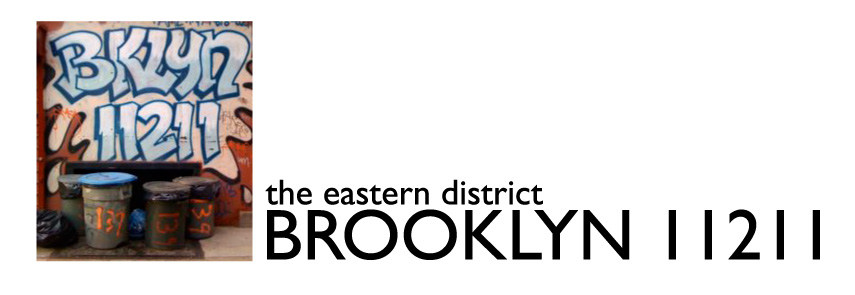Brooklyn’s population took a huge jump from the 2010 “actual” numbers in the federal census to this year’s estimate by the same agency.
Borough pols said the increase is more evidence the agency botched the official count. If the numbers are right, it would mean the borough grew almost six times faster after the Census than in an average year from 2000 to 2010.
There really isn’t doubt that the 2010 numbers for Brooklyn are just plain wrong. The numbers for Greenpoint and Williamsburg show much lower growth than would be expected just by mashing up 2000 census numbers with the thousands of new housing created from 2001 on. The numbers are so suspect that it’s almost not even worth citing them in any meaningful analysis.
